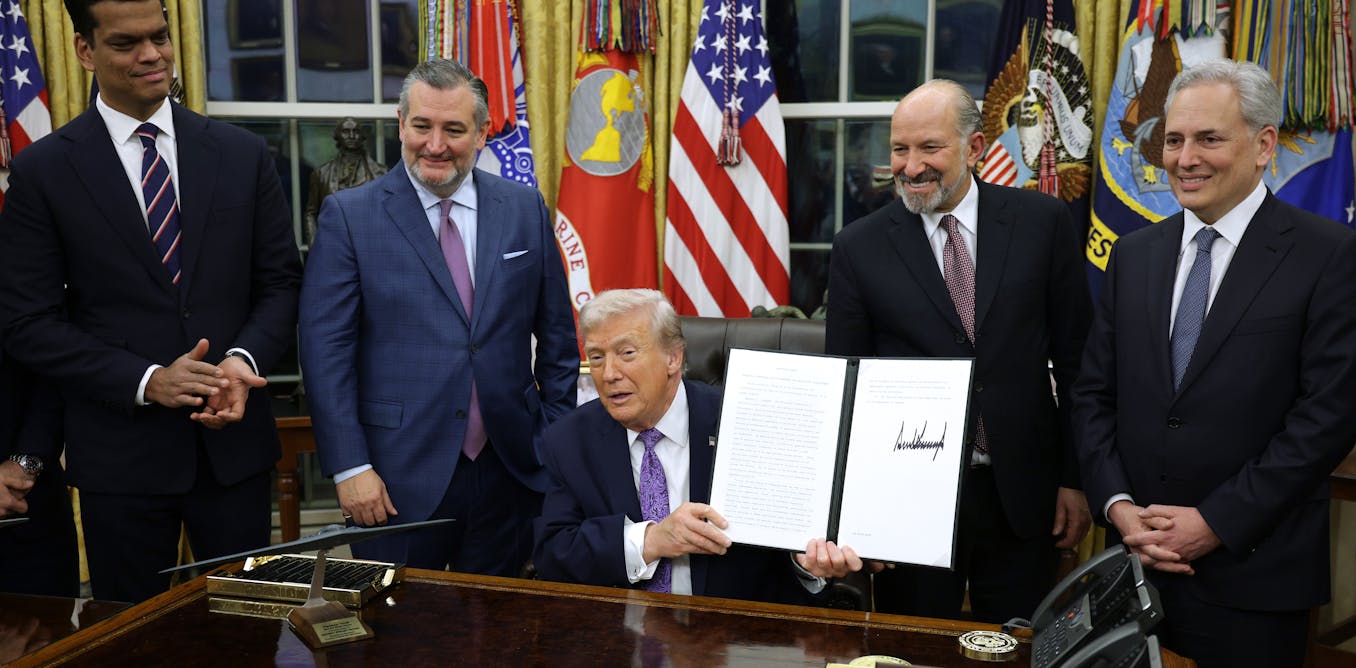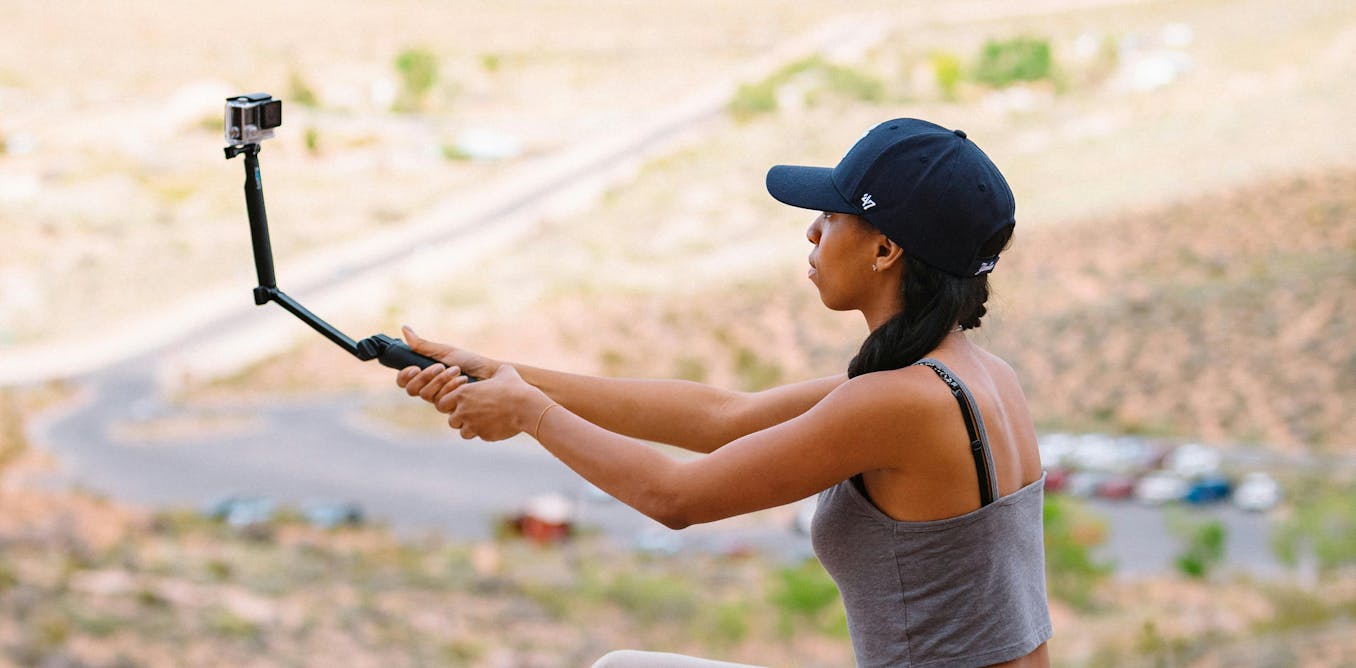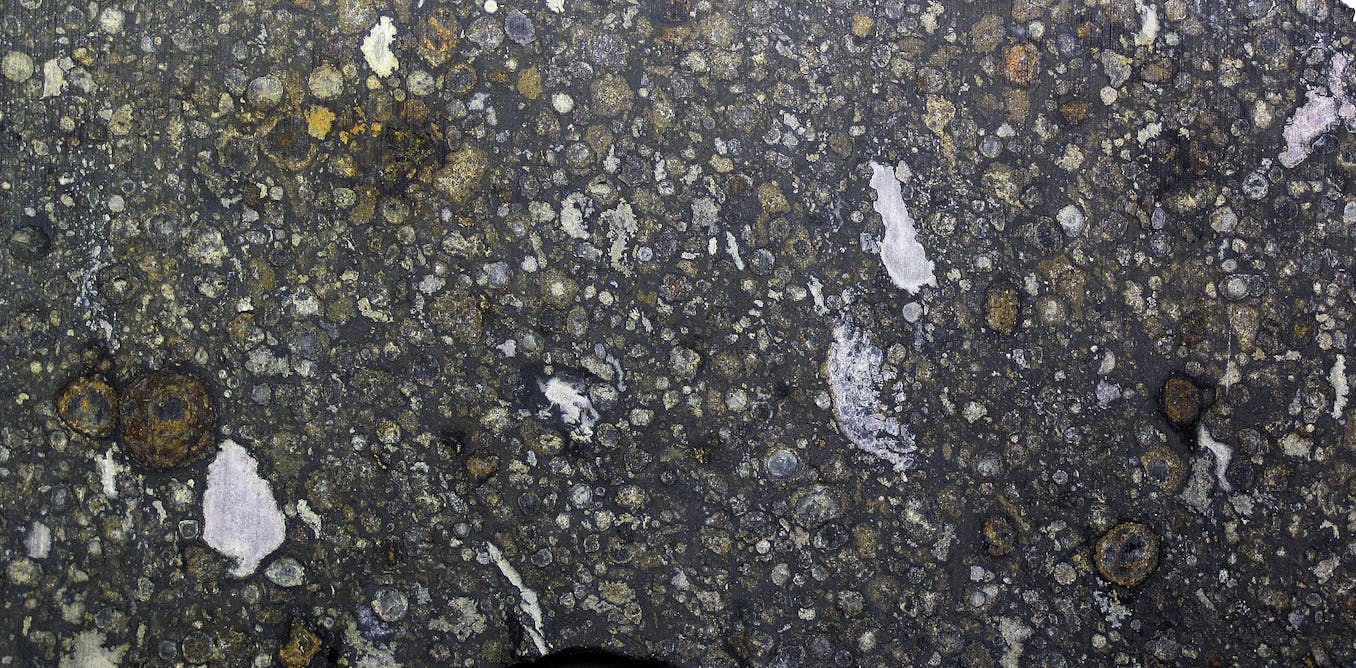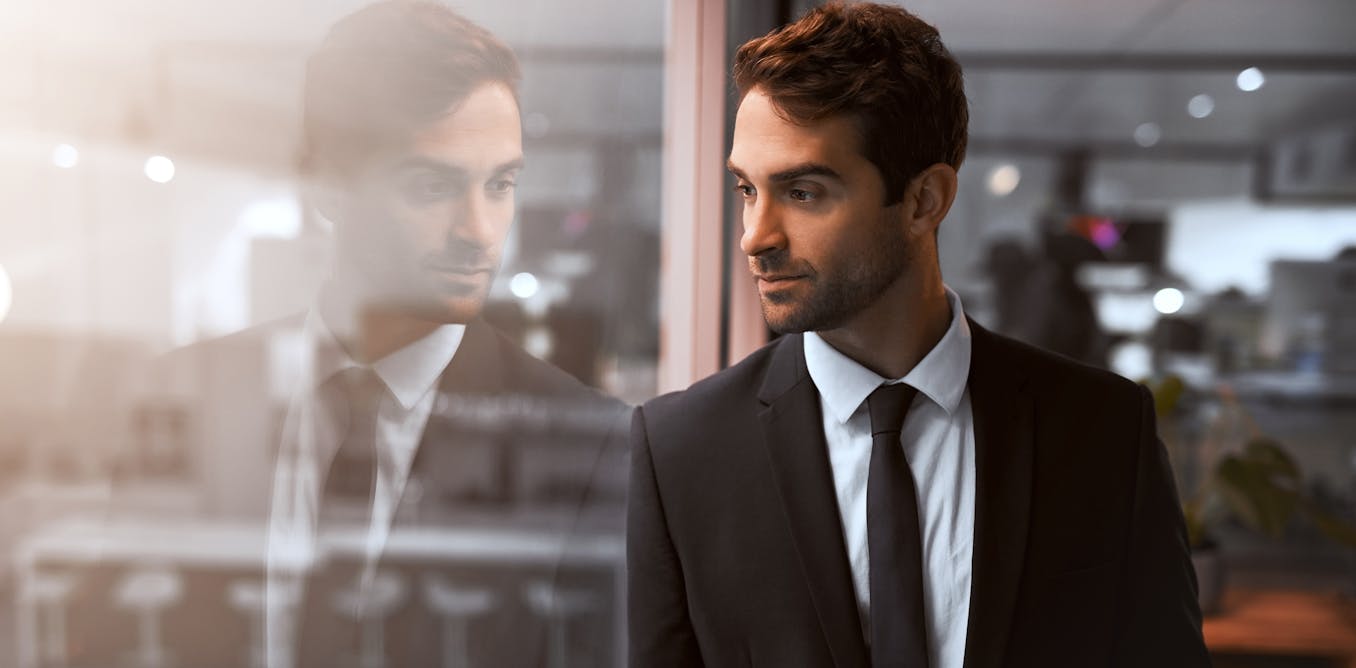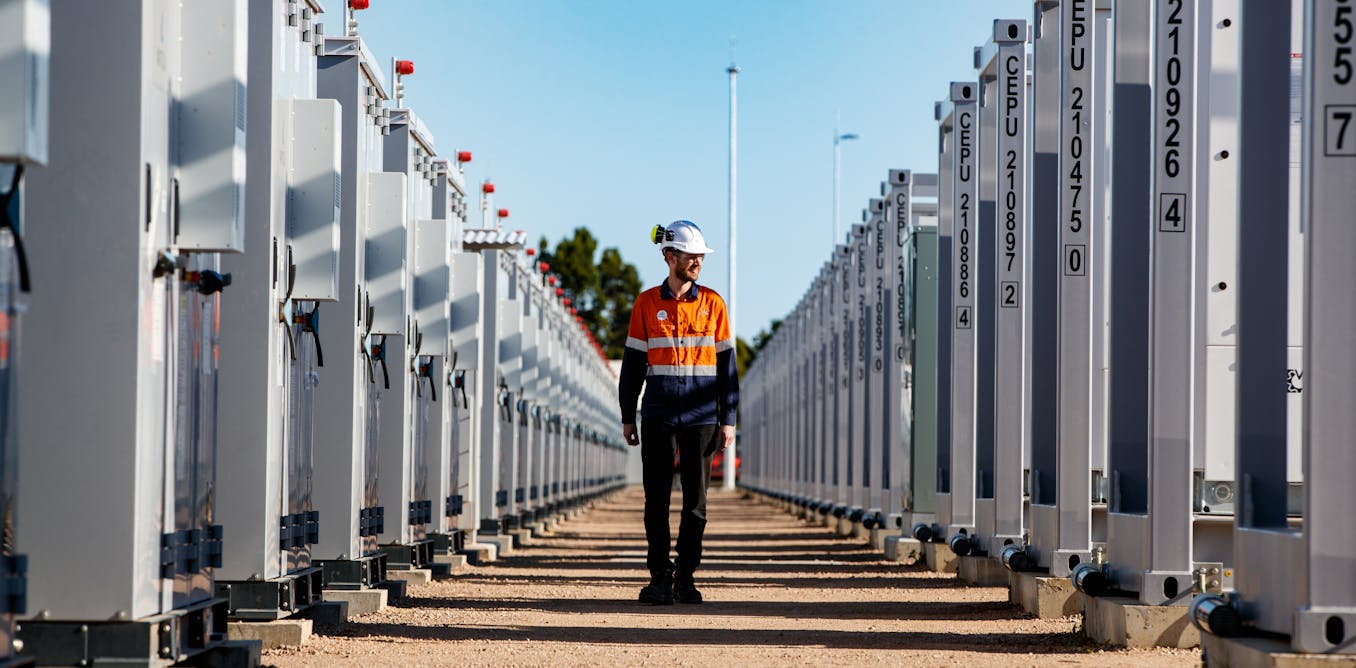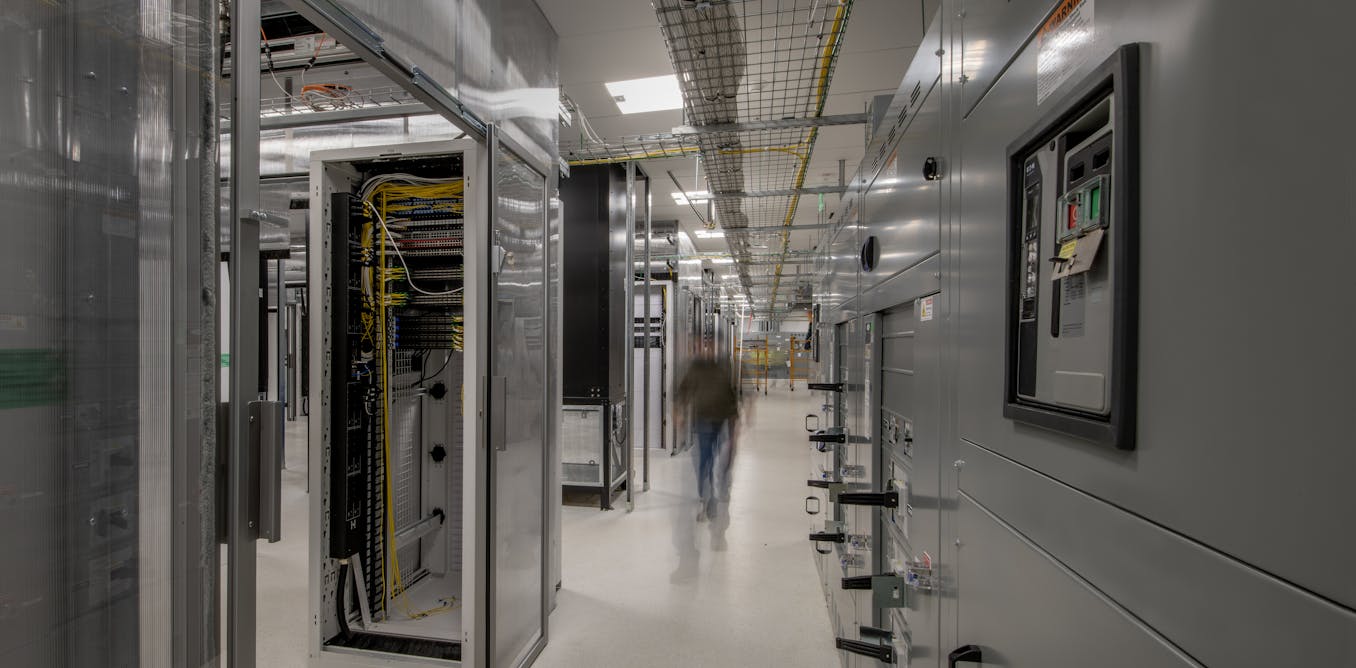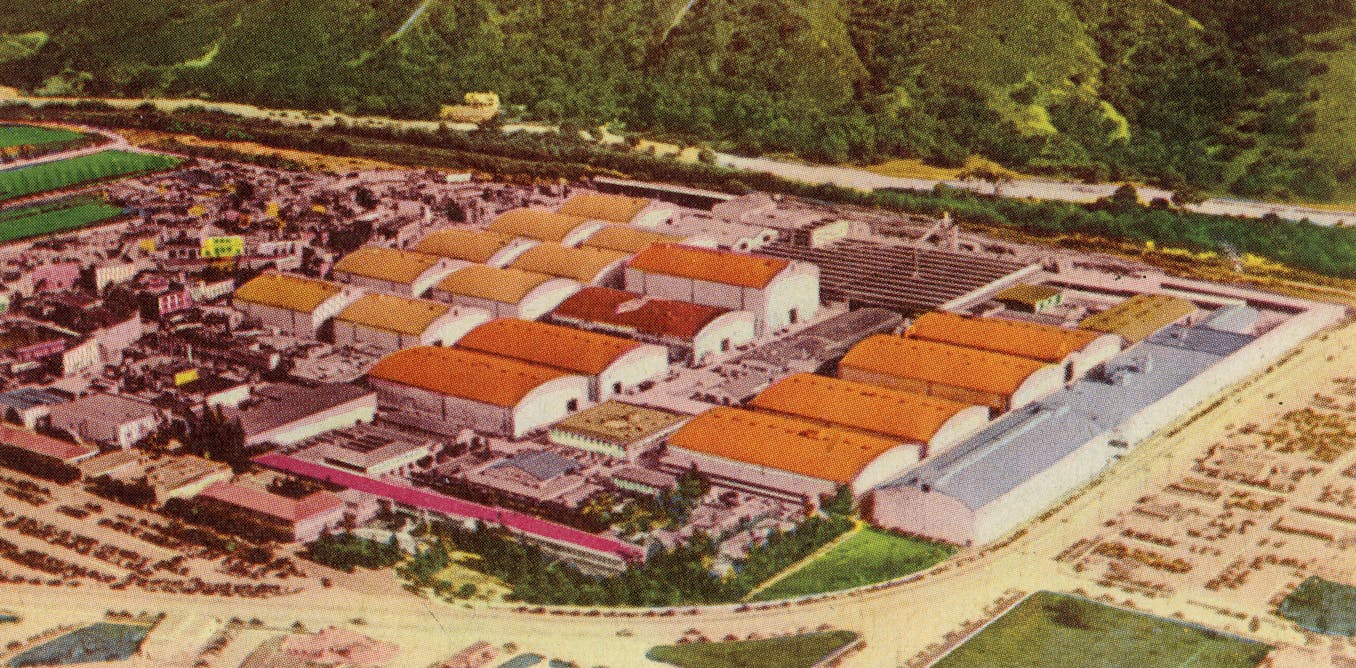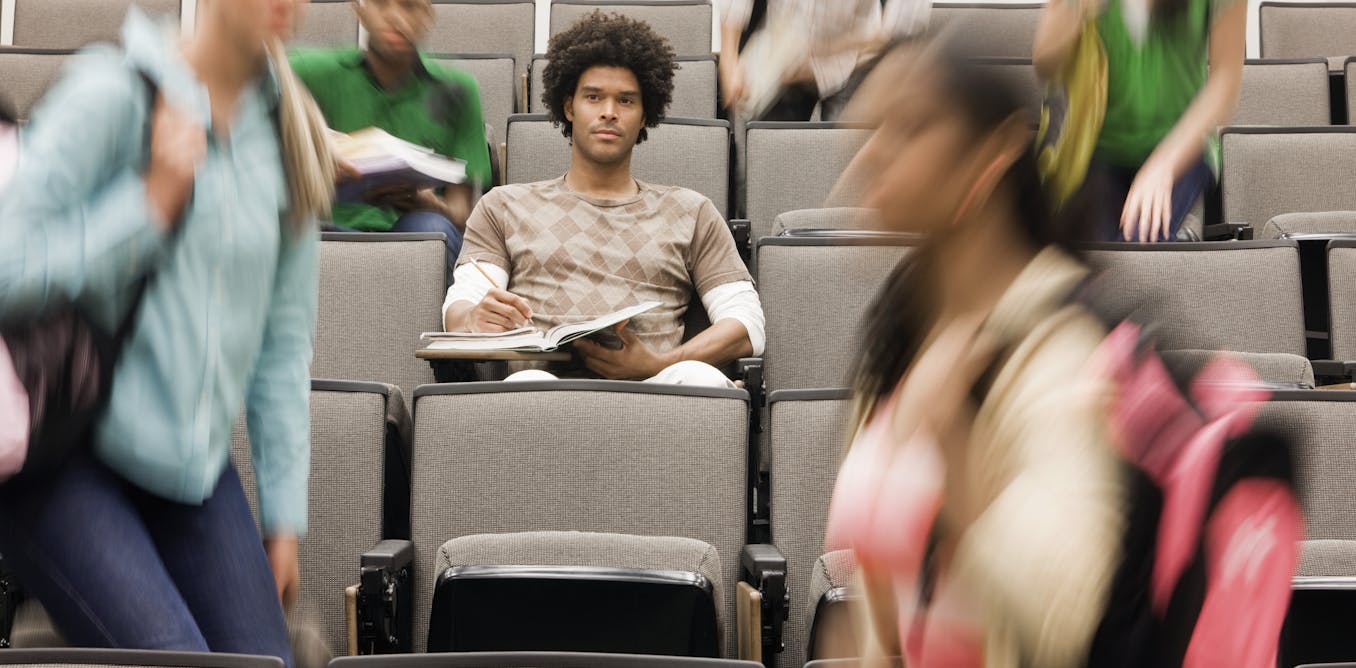With the 2024 edition of Art Basel in Switzerland now officially underway, one component that often gets overlooked—amid the frenzy over artworks selling for multimillion-dollar sums on the first day—is Parcours. Taking place outside the cold convention center on the Messeplatz at public and historic spaces across the city, Parcours is a packed showcase of site-specific installations, sculptures, and performances that are free—yes, free—to the public.
This year’s iteration is curated by Stefanie Hessler, the director of the Swiss Institute in New York, and it focuses on themes of circulation and transformation. As fairgoers wander the city streets in search of the Parcours installations, it behooves them to pay close attention to distilleries, shops, and bridges for such art interventions.
To learn more about her approach to curating Art Basel’s public art sector, ARTnews spoke with Hessler ahead of the fair’s opening.
ARTnews: I know this is your first time curating Parcours, which was previously overseen by Samuel Leuenberger. What was your approach to curating Art Basel’s public art sector?
Stefanie Hessler: Yes! Parcours is accessible to the public without a ticket to the fair. And it really—this year, especially—will engage a lot of locations in the city along Clarastrasse, the street leading from the fair building toward the river Rhine. Alongside it, there are 22 projects in all sorts of different venues and locations, from empty storefronts—a former pharmacy, a former bakery, an empty restaurant and a shop in a shopping center—to a functional hotel, a food court, a car ramp leading underneath the Congress Center, and a bunker, as well as some outdoor locations such as a public park and flags on the bridge leading over the river. It’s really interesting to think about public space in a way that is more expansive and about how people perceive artwork differently when they visit it in non-art spaces.
How has the public sphere influenced your curatorial approach?
For this project, in particular, it was important for me to have artworks that respond to the sites. There are certain challenges that come with exhibiting works in non-art spaces, but also really exciting challenges that make us engage and interact with art differently than we normally would.
Tell me about some of the most notable projects.
All of the works engage the sites they’re shown at. For example, Alvaro Barrington is creating a structure inspired by his grandmother’s house in Grenada and the Caribbean where he grew up. This “distractor” will, on the outside, be clad with paintings that he’s making for this occasion, and on the inside it will house the products that are usually on sale in the shop. There will also be an artwork in the window and large wallpaper in the back of the shop. Outside of this project, the shop is called tropical zone, and it specializes in importing products from Africa to Basel, Switzerland.
Rirkrit Tiravanijia is making flags with pirate symbols that are going to line the bridge leading over the Rhine. He is of course interested in communication structures and how different symbols change meaning over time as they transfer from one culture to another. The pirate symbol has been, in the Western imagination, this symbol of a romantic outlaw, but it’s also been appropriated by the fashion industry. The pirate skull and crossbones, as well as lesser known symbols, are printed onto flags, with newspaper article backgrounds. This, combined with its location on the Rhine, which has played such an important role in the history of Europe, refers to travel and the circulation of information.
Another one that I’m really excited about is by Ximena Garrido-Lecca, who is an artist from Peru researching the oil-rich coastal town of Lobitos, known for petroleum extraction. In recent years, there has been a discussion about whether this town will be turned into a tourist resort. And Ximena made these sculptures from ceramic and steel, combining a traditional material and technique also used in pre-Columbian cultures with steel used in industrial processes like petrol extraction. There are also references to Minimalism. These sculptures are installed inside an artisanal distillery in Basel, creating a beautiful connection between the distillation processes for liquor and oil.
This is a pretty big undertaking, with a lot of moving parts. What are some of the biggest challenges that you faced?
It’s been such a joyful process thinking about these projects in all of these very diverse spaces. It’s like a puzzle finding the right match between the artists, galleries, and venues. Many of the artists also came for site visits so that we could have direct conversations, and look at potential places where their works could make sense and how they would be installed. We visited so many sites and offer such amazing selection for the 22 projects. Most people were really excited about partnering with us.
There are some really unique pairings. What are you most looking forward to?
I’m excited about Parcours night on Wednesday, where we’ll have three performances from 8 p.m. until midnight. The first performance is a major new commission by Madeline Hollander, a former choreographer and visual artist, who has taken inspiration from the Carnival tradition in Basel. During my visits to the city, I came across these spaces used by the Basel Carnival crews to practice their instruments and so on, some of which are in bunkers underneath the city. Madeline was inspired by the invisible forms of circulation underneath the city, and she made a connection between the people practicing for Carnival underground and the sewer system—these hidden infrastructures and performances [happening below the city]. For Parcours, she cast seven manhole covers to be passed back and forth by 14 dancers, while they’re leading a procession from the fair to the Rhine, in Basel’s cleaning crew outfits and masks made out of confetti, which the cleaning crews have to clean up after Carnival each year.
That performance will be followed by a karaoke bar night at the Merian Hotel, organized by Wendy’s Wok World, the alter ego of Sam Lui, an artist who’s been interested in the principles of Cantonese cooking. She’s collaborated with the Savory Project, which is a bar in Hong Kong, to create three specialty cocktails that will be available during the night. Visitors can perform two songs chosen by Wendy that reflect some of the woks and concepts in her practice. There’s also a performance by Chuquimamani-Condori, hosted by Jan Vorisek and Mathis Altmann.

The post “Curator Stefanie Hessler Talks Pirate Symbols and Distilleries for Art Basel’s Public Art Sector” by Francesca Aton was published on 06/12/2024 by www.artnews.com



